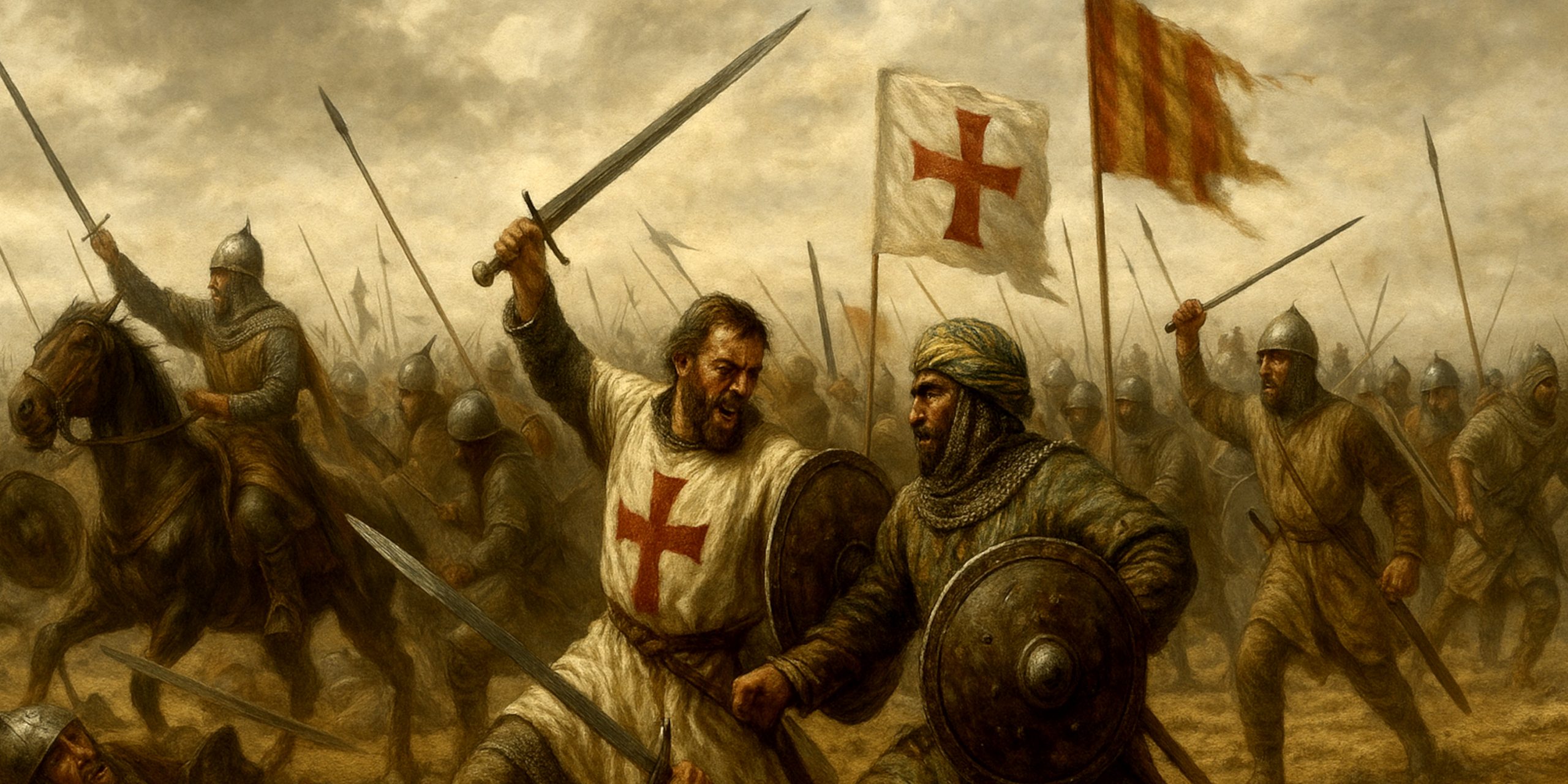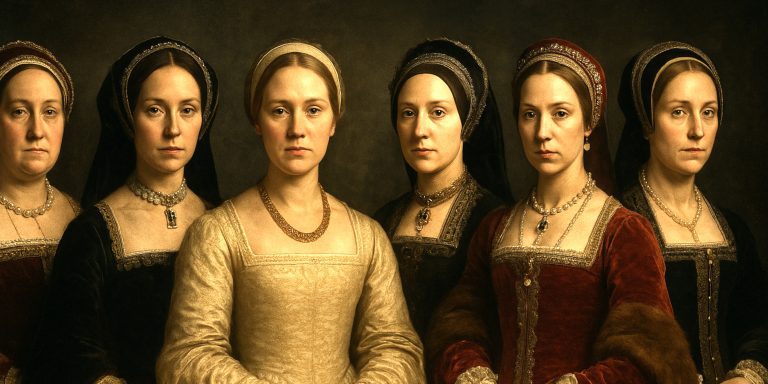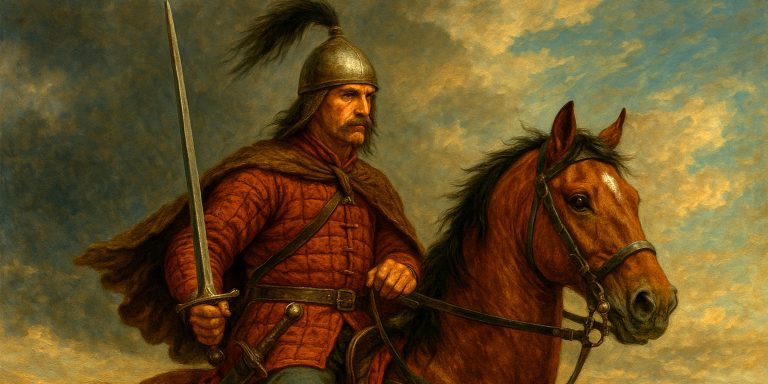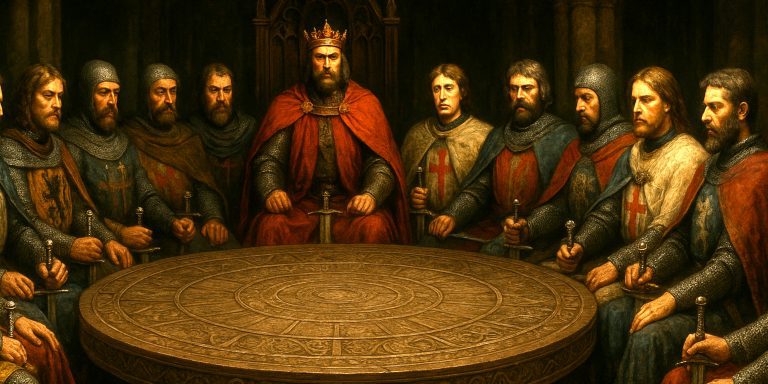
The Battle of Cutanda, fought on 17 June 1120, sits neatly within the long, brutal rhythm of the Reconquista, that centuries-spanning effort by Christian kingdoms to reclaim the Iberian Peninsula from Muslim rule. It took place near the village of Cutanda, close to Calamocha in modern Aragón, and saw King Alfonso I of Aragón and Navarre (nicknamed el Batallador, the Battler) face the Almoravid forces led by General Ibrahim ibn Yusuf.
It was a fight that pitted fierce frontier chivalry against the disciplined cavalry of North Africa, and, for once, the northern steel held. The result was a resounding Aragonese victory that broke Almoravid momentum and gave Alfonso’s legend another burnish of heroism and religious fervour.
Background
By 1120, the Almoravids, Berber warriors from North Africa, had entrenched themselves as overlords of Al-Andalus, ruling from Seville and Córdoba. Their empire stretched across the Strait of Gibraltar into Morocco and wielded considerable power.
However, Alfonso the Battler had spent years pushing southwards, already taking Zaragoza in 1118, an audacious conquest that shocked the Islamic world. The Almoravids, stung by that humiliation, gathered their strength for a counterstrike. Their plan: crush the Aragonese near Calatayud and reopen the route to Zaragoza.
It went badly.
Forces Involved
Below is a breakdown of the known forces at Cutanda, though as with most medieval battles, exact numbers are elusive and likely exaggerated by chroniclers eager to glorify their kings.
| Side | Commander(s) | Estimated Strength | Composition |
|---|---|---|---|
| Kingdom of Aragón & Navarre | King Alfonso I “the Battler” | ~6,000–8,000 | Heavy cavalry, infantry militias, crossbowmen, and allied French crusaders |
| Almoravid Empire | General Ibrahim ibn Yusuf | ~10,000–15,000 | Berber light cavalry, Andalusian infantry, archers, and jinetes (light horsemen) |
Notable allies:
- Alfonso’s forces were joined by Gaston IV of Béarn and French knights returning from crusading in the Holy Land.
- Several orders of warrior monks later took inspiration from these campaigns, including the nascent Order of Calatrava.
Arms and Armour
Aragonese knights of the period were heavily armoured by Iberian standards, reflecting the northern European crusading influence. The Almoravids, conversely, favoured agility, speed, and hit-and-run tactics with lighter weapons.
Aragonese Equipment:
- Primary swords: Arming sword and early espada ancha (broad sword)
- Secondary arms: Lances, kite shields, heavy maces
- Armour: Mail hauberks, iron helms (nasal helms common), gambesons beneath mail
Almoravid Equipment:
- Primary swords: Curved saif or North African nimcha-type sabres
- Secondary arms: Short spears, composite bows, round hide shields
- Armour: Quilted armour and light mail; horsemen often wore turbans instead of helms for mobility
The Battle
The Aragonese chose their ground well near Cutanda, with rough, broken terrain that blunted the Almoravid cavalry’s effectiveness. The battle opened with skirmishes by Moorish horse archers, harassing the Christian lines. Alfonso, veteran of countless engagements, refused to take the bait.
When the Almoravids charged en masse, the Aragonese heavy cavalry counter-attacked downhill, using the momentum to shatter their formation. The French knights struck the flanks, creating a deadly pincer movement.
The chronicler William of Malmesbury, writing later, referred to Alfonso as “a hammer of pagans, who fought as if possessed by the saints he invoked.” That may be poetic invention, but the results speak volumes. The Almoravid army was annihilated, its general slain, and survivors scattered south toward Valencia.
Battle Timeline
| Time | Event |
|---|---|
| Early morning, 17 June 1120 | Almoravid scouts sight Alfonso’s camp near Cutanda. Skirmishes begin. |
| Mid-morning | Almoravid cavalry launch first charge, met by disciplined Aragonese shield wall. |
| Noon | Alfonso orders counter-charge; French cavalry hit Almoravid flank. |
| Afternoon | Almoravid forces collapse under encirclement; General Ibrahim ibn Yusuf killed in battle. |
| Evening | Alfonso secures victory, capturing enemy standards and spoils. Survivors flee south. |
Aftermath and Significance
Cutanda solidified Alfonso’s dominance in the upper Ebro valley and permanently secured Zaragoza for Christian rule. It also crushed Almoravid hopes of reconquering Aragón and sent shockwaves across Al-Andalus.
It is said that Alfonso’s soldiers, weary but exultant, sang psalms over the battlefield while stripping the fallen of fine silks and sabres. That blend of piety and plunder captures the Reconquista’s spirit rather perfectly.
The victory also inspired the later Christian advances into the Levante and Valencia, setting a tone of unstoppable progress that would echo through later centuries.
Archaeology
Archaeological evidence from the Cutanda region is limited, but local digs near Calamocha have yielded:
- Arrowheads and fragments of chainmail consistent with 12th-century warfare
- Remnants of horse tack and iron stirrups typical of Aragonese cavalry
- Pottery and Moorish artefacts, suggesting Almoravid camp occupation nearby
A cross-shaped pendant found near the presumed battlefield is believed to be from a French crusader, linking nicely to the known foreign presence in Alfonso’s host.
Ongoing surveys by the Archaeological Museum of Teruel have identified topographical features matching medieval descriptions of the terrain, rugged, broken ground flanked by ravines, ideal for a defensive stand.
Where to See Artefacts
- Museo de Zaragoza (Zaragoza) – houses arms and armour fragments attributed to Alfonso’s campaigns.
- Museo de Teruel (Teruel) – exhibits finds from the Calamocha region.
- Cathedral of Zaragoza – Alfonso’s funerary effigy and sword are displayed in the royal chapel.
Legacy
Cutanda was one of those decisive engagements that altered the trajectory of a region, though it rarely makes the headline lists of great medieval battles. For the Christian kingdoms, it proved that the Almoravid juggernaut could bleed. For the Almoravids, it marked the start of their decline in Iberiam, and opened the door to the rise of the Almohads later in the century.
Alfonso I’s legend only grew. Chroniclers described him as a “second Charlemagne,” though perhaps with more dust and less poetry. As a historian, one cannot help but admire his grim consistency, he fought more battles than he ruled councils, and Cutanda was among his finest hours.
Watch the documentary:



